These Are the Best Trilogies, Ranked
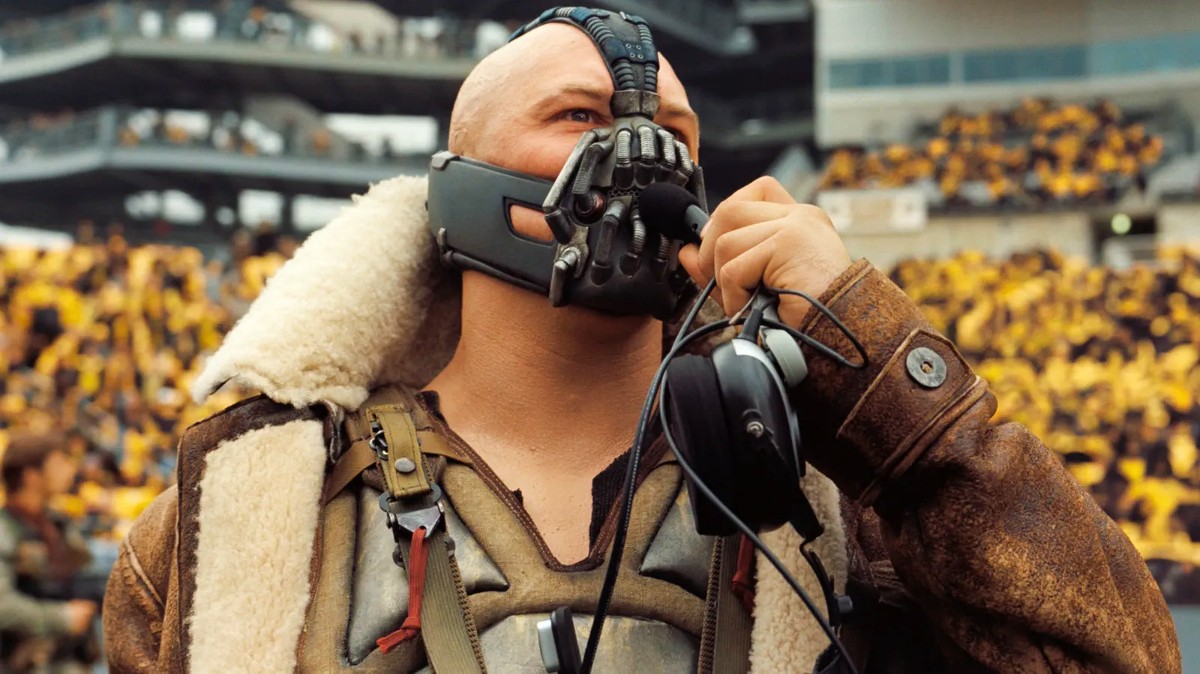
I have yet to encounter an individual who doesn’t appreciate the charm of trilogies … and fear not; I shall refrain from labeling them as ‘peculiar’ beings, though I’m curious as to why they can’t fully savor Hollywood’s version of a three-course meal. Leaving us slightly overfed yet oddly craving more. For real, though, why stop at one when you can draw out the drama, the merchandise, and ticket sales in triple measure?
For Tinseltown, it’s the age-old recipe: start with a captivating opener that woos the audience, follow with a slightly darker second helping laden with cliffhangers, and conclude with a grand finale that attempts to tie up the myriad of plotlines—though it often leaves fans debating in online forums. In an age of fleeting TikToks and ephemeral Instagram stories, trilogies demand our attention for the long haul, reminding us that good things come in threes—like wishes, blind mice, and Hollywood cash cows. So here’s a ranking of the crème de la crème in the world of trilogies.
10. The Blade Trilogy (1998 – 2004)
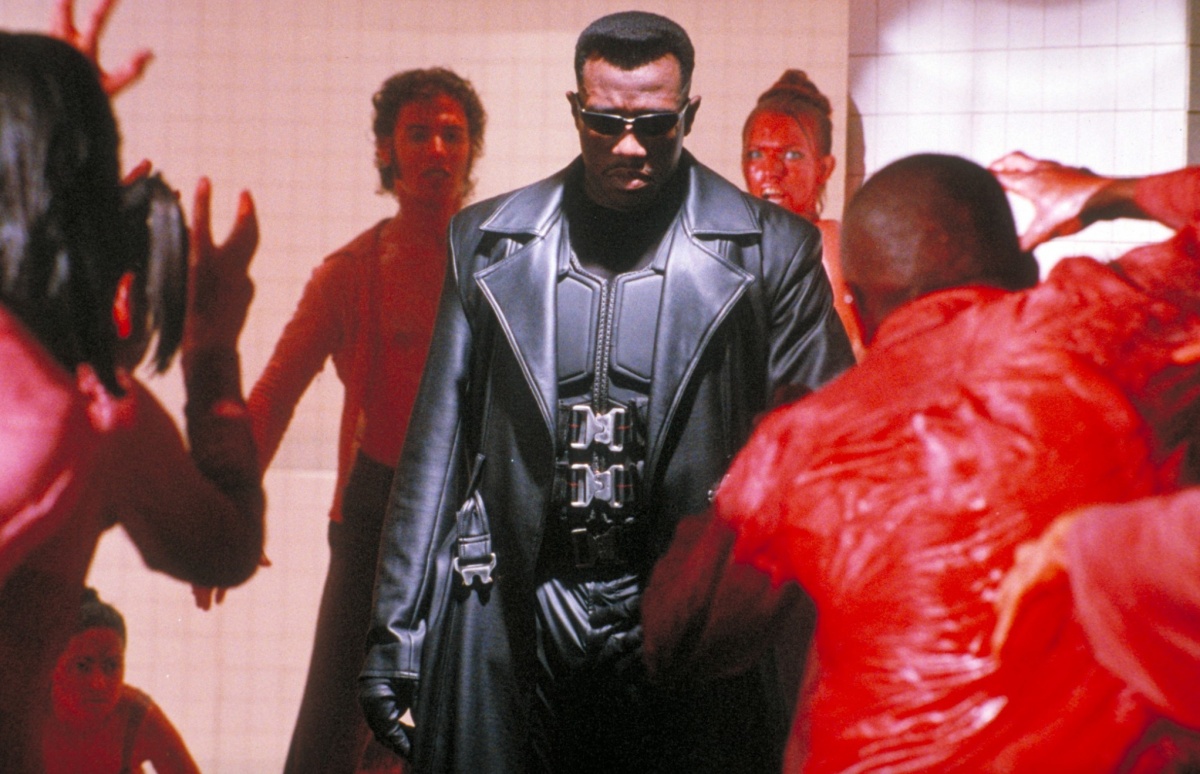
The Blade trilogy followed Wesley Snipes, slicing and dicing vampires from 1998 to 2004. This dark yet dazzling trilogy introduced us to Blade, a half-vampire, half-mortal swordsman donning sunglasses at night, as you do when you’re that cool. The films chronicle the adventures of our stoic hero in his singular quest to protect humankind from a vampire apocalypse, armed with silver stakes, garlic-edged weapons, and, most importantly, impeccable one-liners.
Each installment ups the ante with a new antagonist, proving that drama is never far behind in the world of nocturnal bloodsuckers. Also, if you’re going to face the children of the night, you’d best be equipped with sharp weapons, sharper wit, and the kind of leather outfit that screams, “I’m here for the blood and the fashion statement.”
9. The Mexico Trilogy (1993 – 2003)
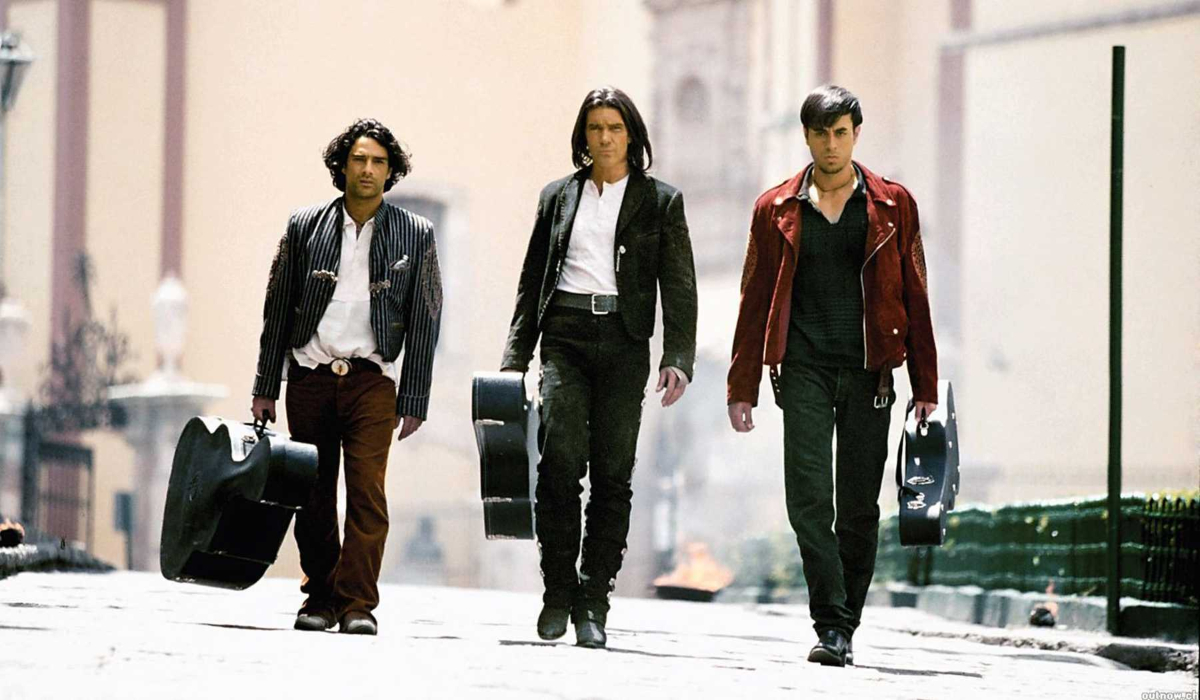
Director Robert Rodriguez took us on a whirlwind tour of shootouts, mariachi music, and the art of vengeance, all on what seemed like the budget of a food truck’s daily earnings. Kicking off in 1993 with the DIY indie gem El Mariachi, our guitar-toting hero found himself mistaken for a hitman, proving that in some places, carrying a guitar case is more suspicious than wearing a poncho in mid-July.
When Antonio Banderas strummed into the scene in Desperado (1995), our Mariachi had upgraded his tunes, love interests, and weapons arsenal. And let’s not forget Once Upon a Time in Mexico (2003), where Johnny Depp seemed to have misplaced his pirate ship and stumbled into a gritty standoff. The trilogy is a delicious blend of action and passion, showing that sometimes revenge is a dish best served with a side of acoustic guitar solos.
8. Toy Story Trilogy (1995 – 2019)
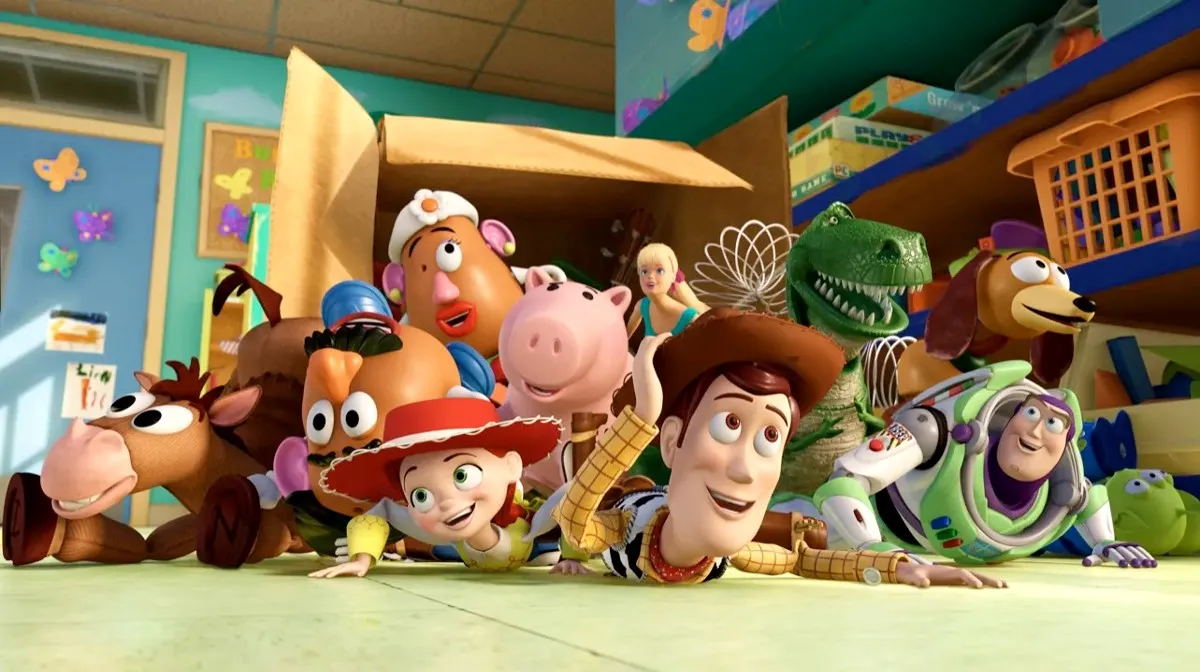
This is a “quadrilogy” that I believe in, so I’m adding it to the roster. In Toy Story, we saw toys leading lives more thrilling than most adults’ 9-to-5 routines. Beginning in 1995, a cowboy named Woody and a delusional space ranger named Buzz reminded us of the thin line between “collectibles” and “action figures.”
In Toy Story 2 (1999), we realized that toy store aisles can be as fraught with drama as any soap opera – minus the bad perms. Toy Story 3 from 2010 dealt with themes of entrapment and obsolescence within the pleasant pastel confines of Sunnyside Daycare. Finally, Toy Story 4 brought new characters, like Forky, the existential crisis in craft form.
7. The Back to The Future Trilogy (1985 – 1990)
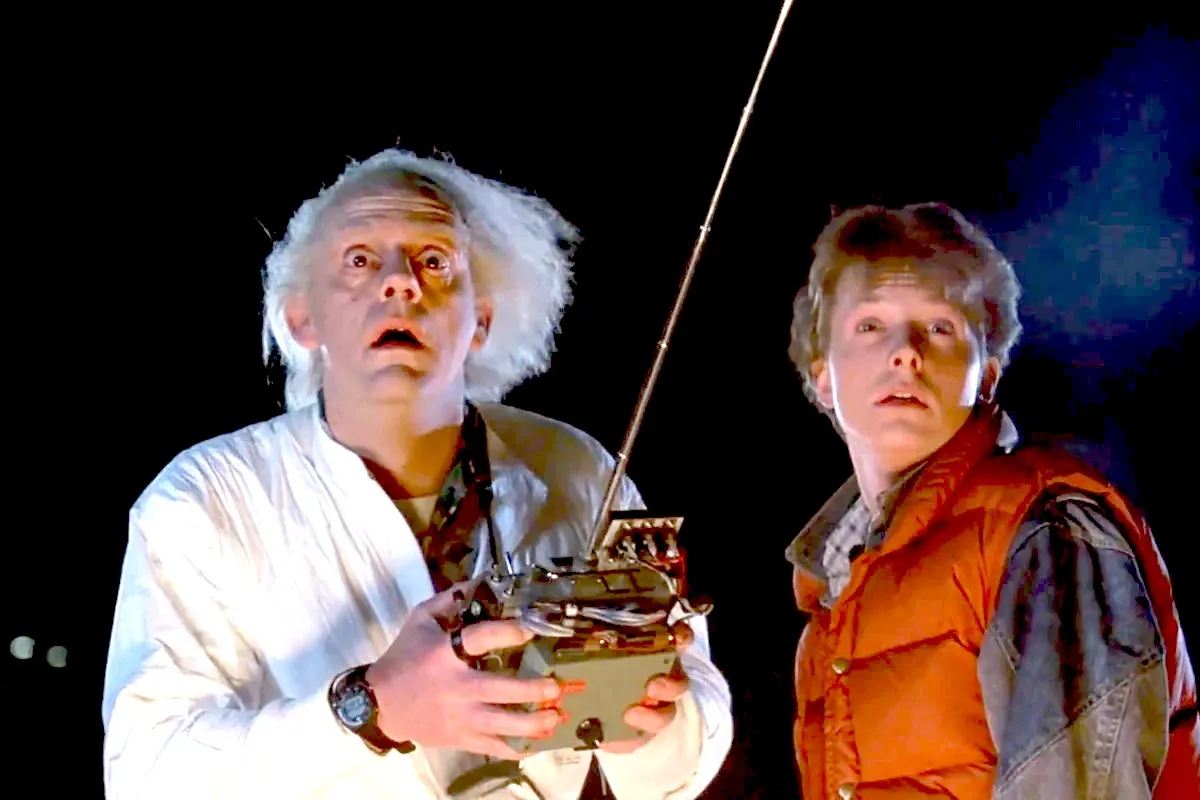
The Back to the Future films taught us that the past can be reshaped (and even restyled) by a teen, a scientist with wild hair, and a time-traveling DeLorean. Beginning in 1985, when Marty McFly inadvertently zoomed back to the 1950s, we learned that high school dramas are timeless and that your mom having a crush on you is just as cringeworthy as it sounds.
Then, Part II (1989) rocketed us to 2015, a future of hoverboards, self-lacing shoes, and that prediction about the Chicago Cubs. By Part III (1990), our intrepid duo found themselves in the Wild West, demonstrating that if you’re going to make a getaway in any century, make it at 88 mph. Through all the flux capacitor-fueled antics, we gleaned the dangers and perks of meddling with the space-time continuum and the eternal truth that your parents were once teenagers, too.
6. The Matrix trilogy (1999-2003)
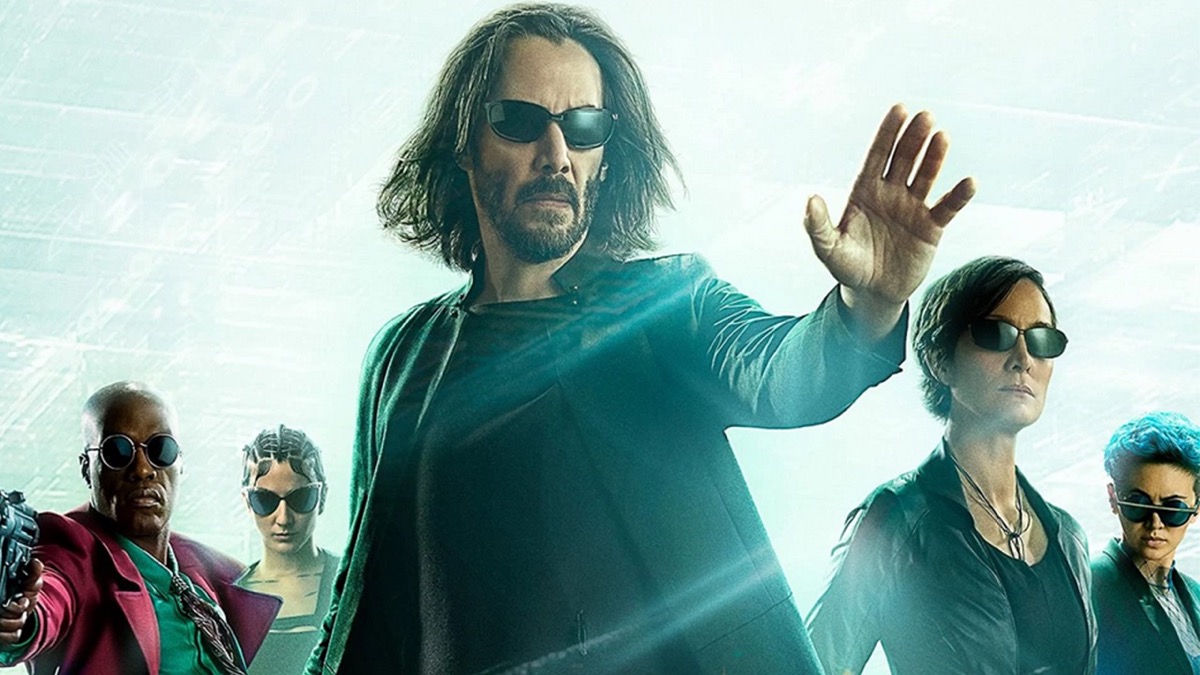
A ‘quadrilogy’ I wish remained a trilogy, The Matrix, launched in 1999 with its cyber-fueled philosophical foray. When not busy dodging bullets in slow motion, Neo, The Matrix protagonist, questioned reality, donned snazzy sunglasses, and engaged in high-octane fisticuffs with men in poorly tailored suits.
At its core, the trilogy offered a choice between the bitter pill of truth and the sweet allure of blissful ignorance. And yet, while the films dived deep into the digital rabbit hole, they also managed to teach us a crucial lesson: even in a world governed by incomprehensible algorithms (no, not the ones that control your social media feeds,) a good leather trench coat and a well-timed jump-kick can solve a surprising number of problems.
5. The Vengeance Trilogy (2002 – 2005)
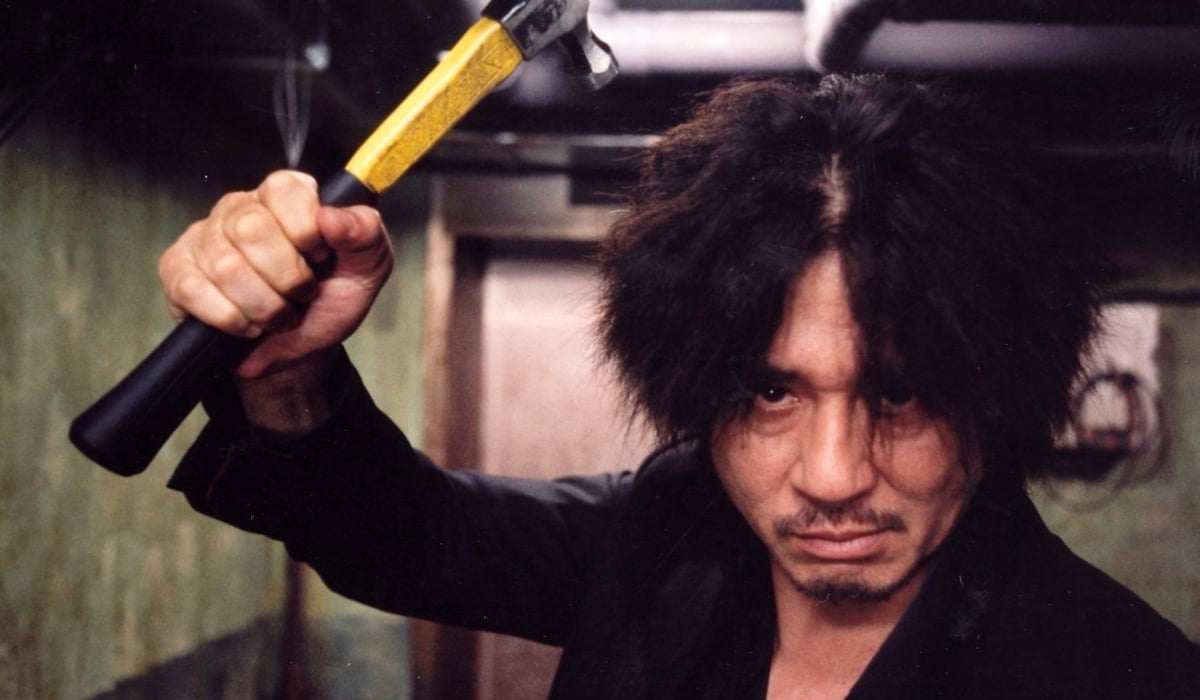
Director Park Chan-wook established, with his Vengeance trilogy, that vengeance is more than just sweet; it’s also an art form, cloaked in beautiful imagery and spiced with plot twists spicier than your favorite hot sauce. Beginning with Sympathy for Mr. Vengeance in 2002, we see that even the best-laid plans may go horribly wrong when kidnapping is involved.
The centerpiece, Oldboy (2003), is not just about a man’s quest for revenge after being inexplicably imprisoned for 15 years; it’s also a heartfelt endorsement for consuming live octopuses and the importance of thorough background checks before dating. Then comes Lady Vengeance (2005), where we learn that a beautiful tofu seller can also harbor intentions darker than her eyeliner and that a sweet-looking lady can dish out justice with the best of them.
4. The Lord of the Rings trilogy (2001-2003)

Peter Jackson’s Lord of the Rings trilogy was a gorgeous tour of New Zealand, sorry, Middle-earth, spanning three epic films and countless pairs of hairy hobbit feet. Starting in 2001, Frodo Baggins began his quest to destroy a piece of high-end jewelry with a nasty attitude while wondering why the Eagles couldn’t have made this journey a tad easier.
Along the way, we encountered wizards with fabulous hair, elves with ageless skincare routines, and dwarves who redefine beard goals. While Frodo and Sam trekked toward Mount Doom, sharing moments that made us question the nature of their bromance, Aragorn mastered the art of looking dashing while covered in orc guts. By The Return of the King (2003), audiences had endured more cliffhangers than one can shake a wizard’s wand at.
3. The Godfather trilogy (1972-1990)
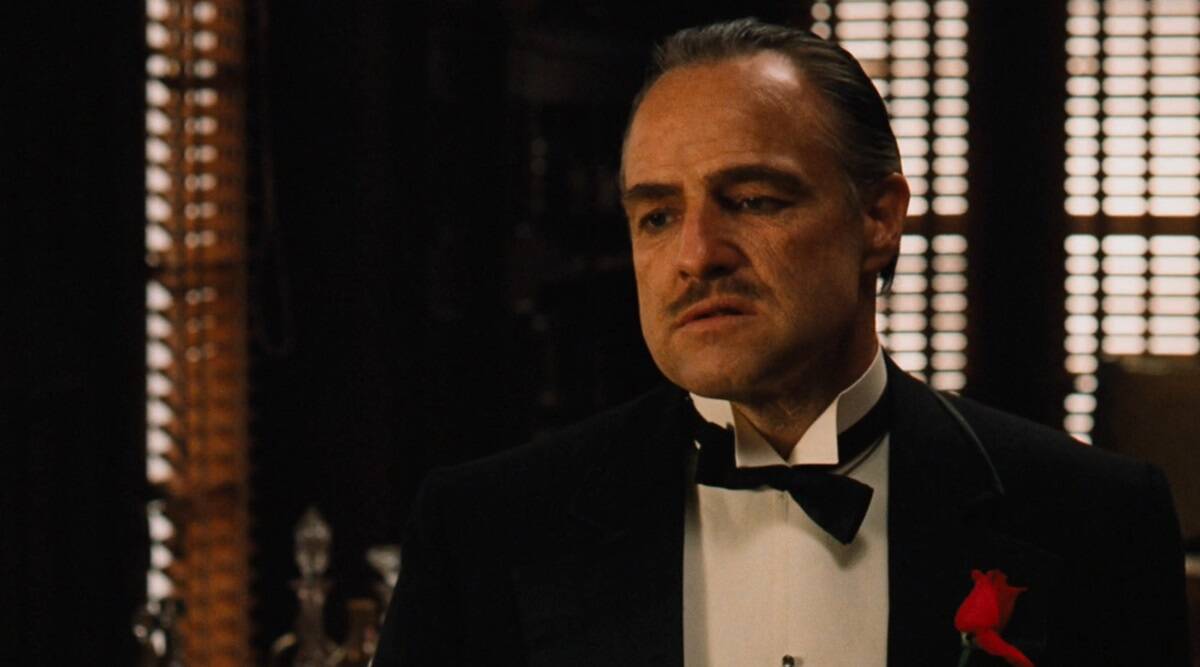
From 1972 onwards, The Godfather movies dragged us away into the dimly lit world of the Corleone family, where loyalty, power, and the occasional cannoli reigned supreme. Who knew the olive oil business was so … intense? By the sequel, we traversed continents and timelines, understanding that a family’s legacy can be as intricate as Vito’s rise from humble beginnings.
At the same time, Michael tried to keep things legitimate. And then, in the much-debated Part III (1990), Michael faced his sins with an operatic backdrop, showcasing that, in the mafia, retirement planning is more complicated than choosing a beachfront condo.
2. The Dark Knight trilogy (2005-2012)
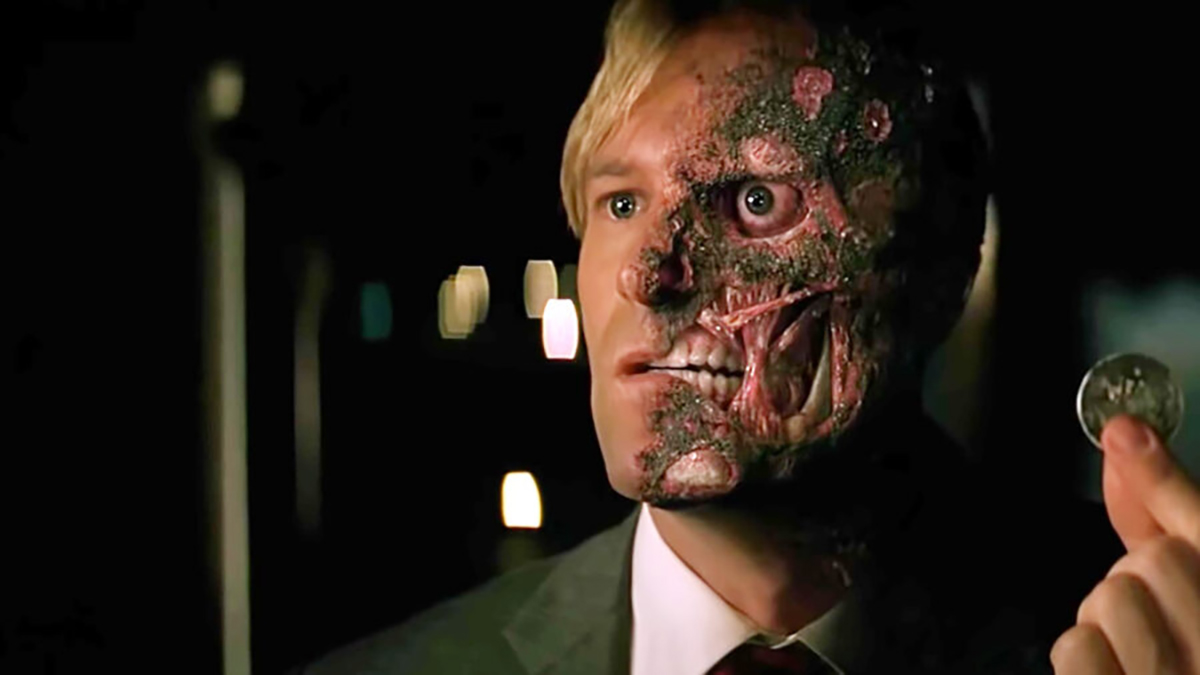
Starting with Batman Begins in 2005, we saw billionaire Bruce Wayne decide that dressing like a bat was a solid strategy for crime prevention—and surprisingly, Gothamites weren’t even the slightest bit annoyed. By the time The Dark Knight (2008) rolled in, the Joker made clowns more than just a phobia for children, teaching us all that chaos can be orchestrated with a pencil and an unforgettable cackle.
And let’s not forget The Dark Knight Rises (2012), where Bane introduced a menacing voice that had everyone revisiting their yoga breathing techniques and realizing their vocal warm-ups needed a revamp. Throughout this Gotham journey, Nolan showed us that being a hero isn’t just about cool gadgets and a killer cape swish; it’s about the choices one makes when the mask is off.
1. The Original Star Wars Trilogy (1977 – 1983)
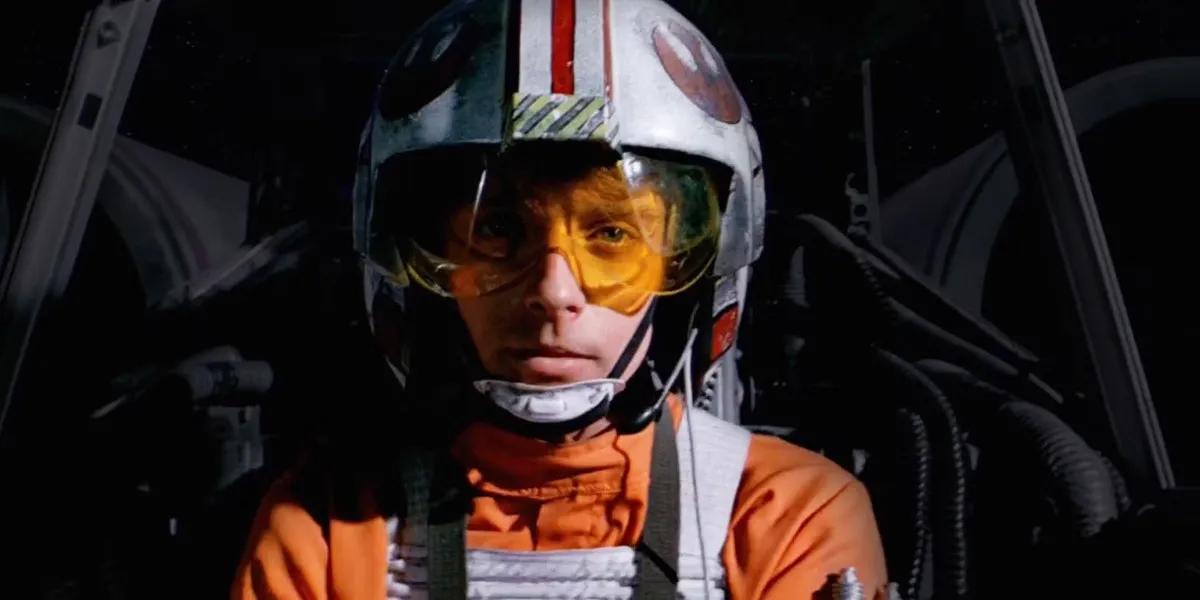
In 1977, Star Wars: Episode IV – A New Hope not only ushered in an era of awakening for the Force but also for merchandise sales because who doesn’t want a lightsaber (or twelve)? By The Empire Strikes Back (1980), we learned important lessons like, “No, Luke, THAT’S your father,” and the power of a well-timed “I know,” when professing love.
Finally, Return of the Jedi (1983) rolled around, revealing that Ewoks could be formidable warriors and that family therapy might pull you back no matter how deep you’ve gone to the Dark Side.
(featured image: Warner Bros.)
Have a tip we should know? [email protected]
